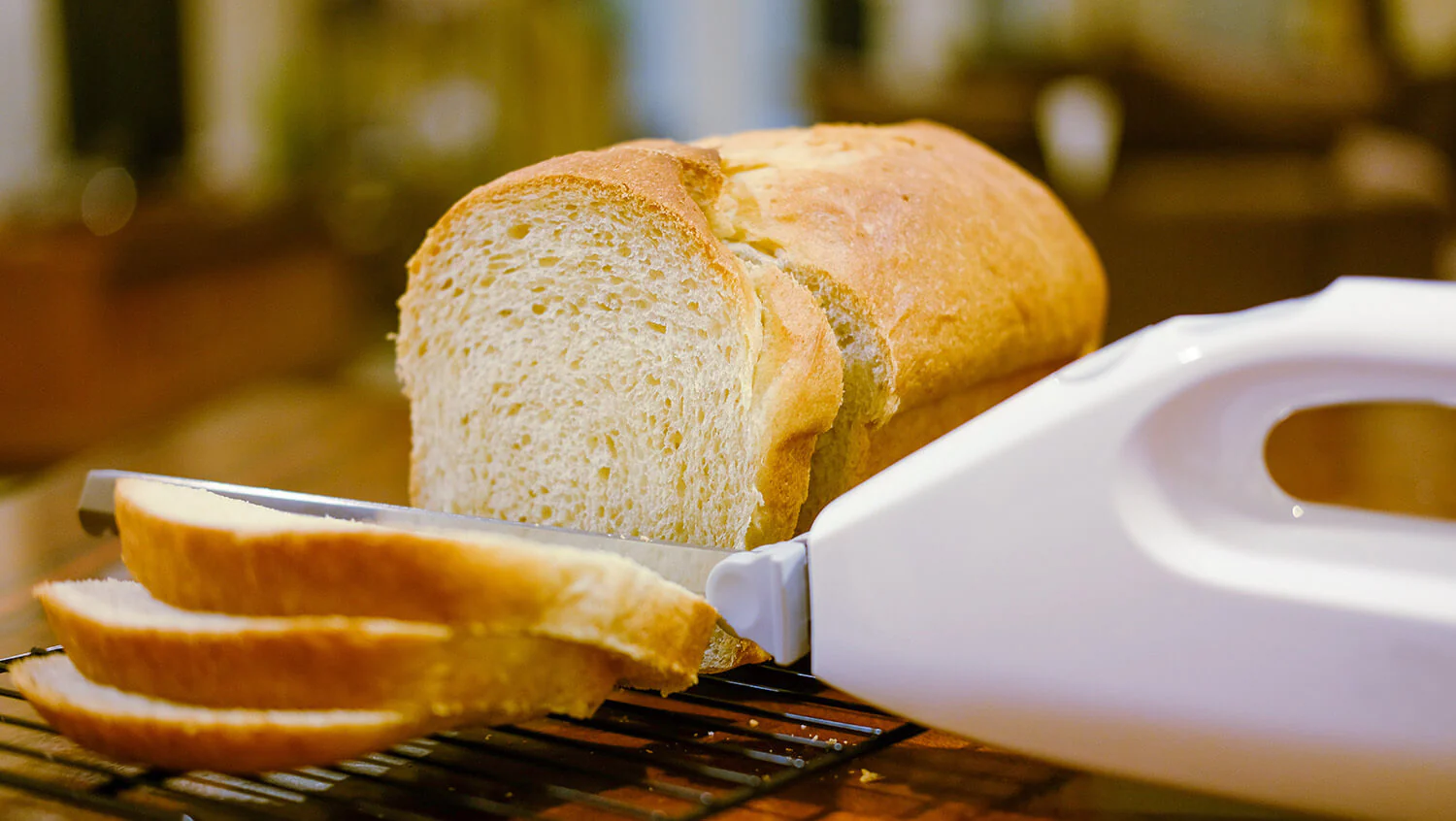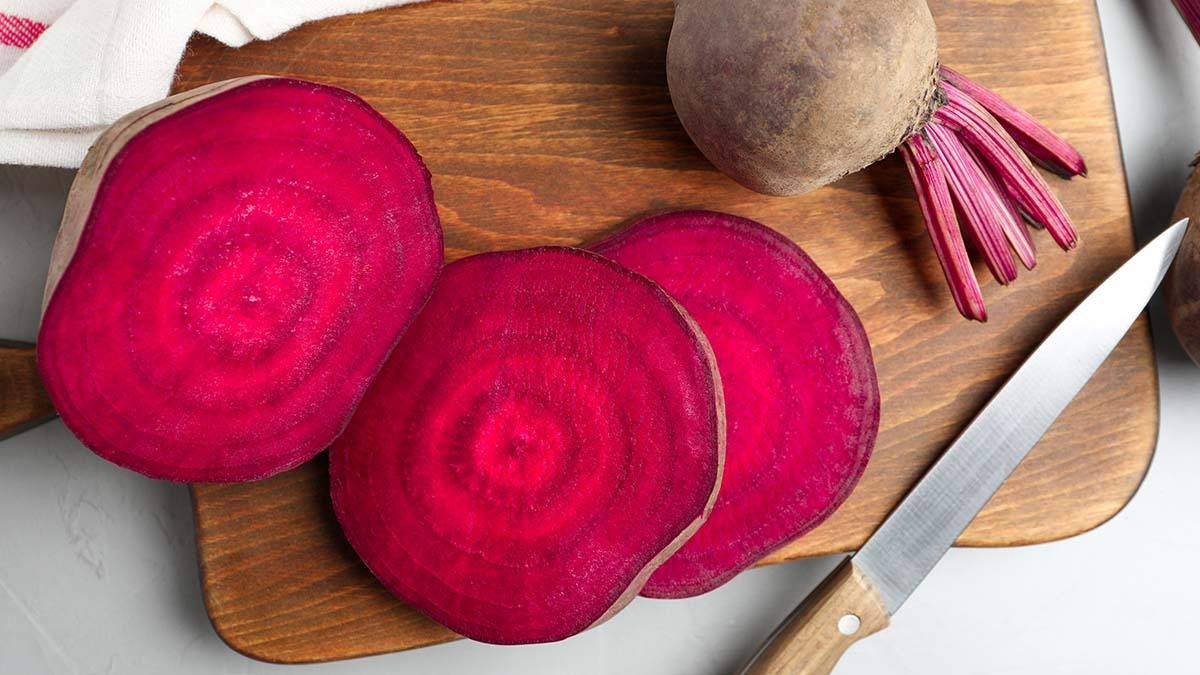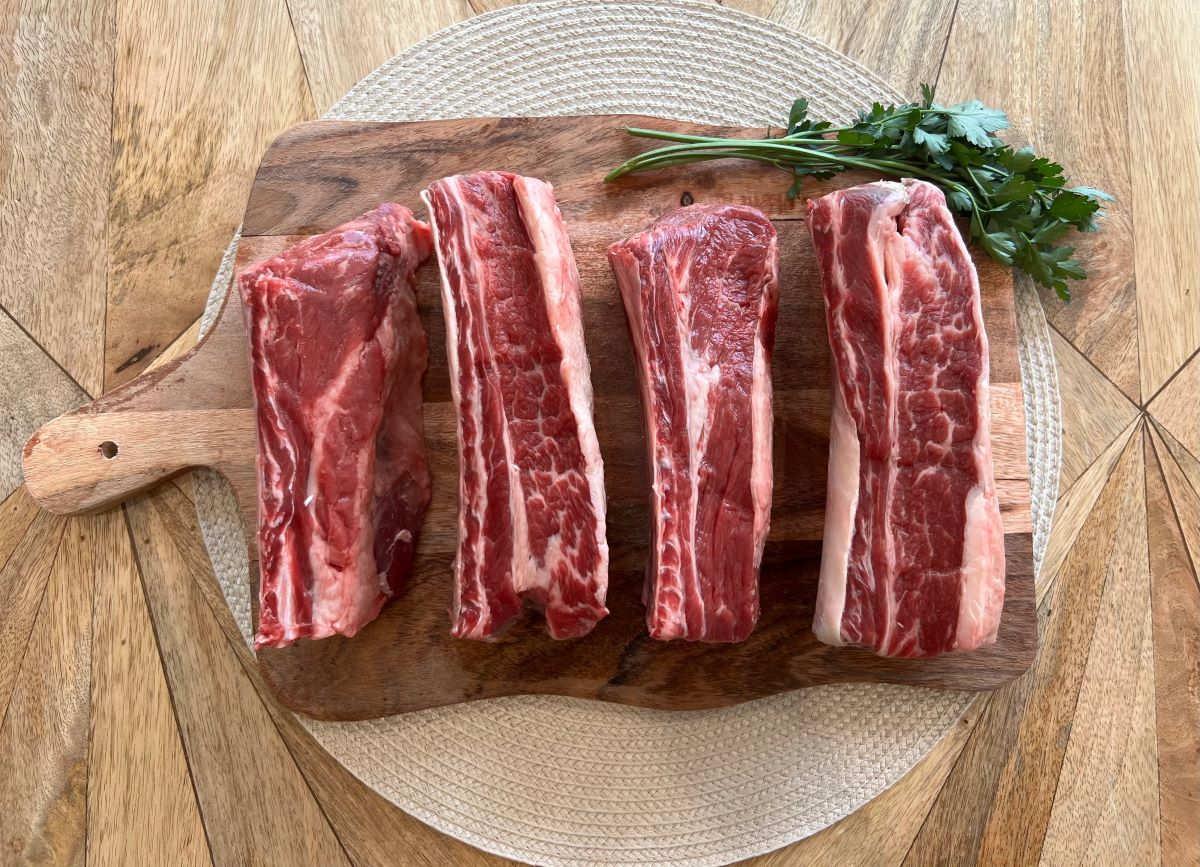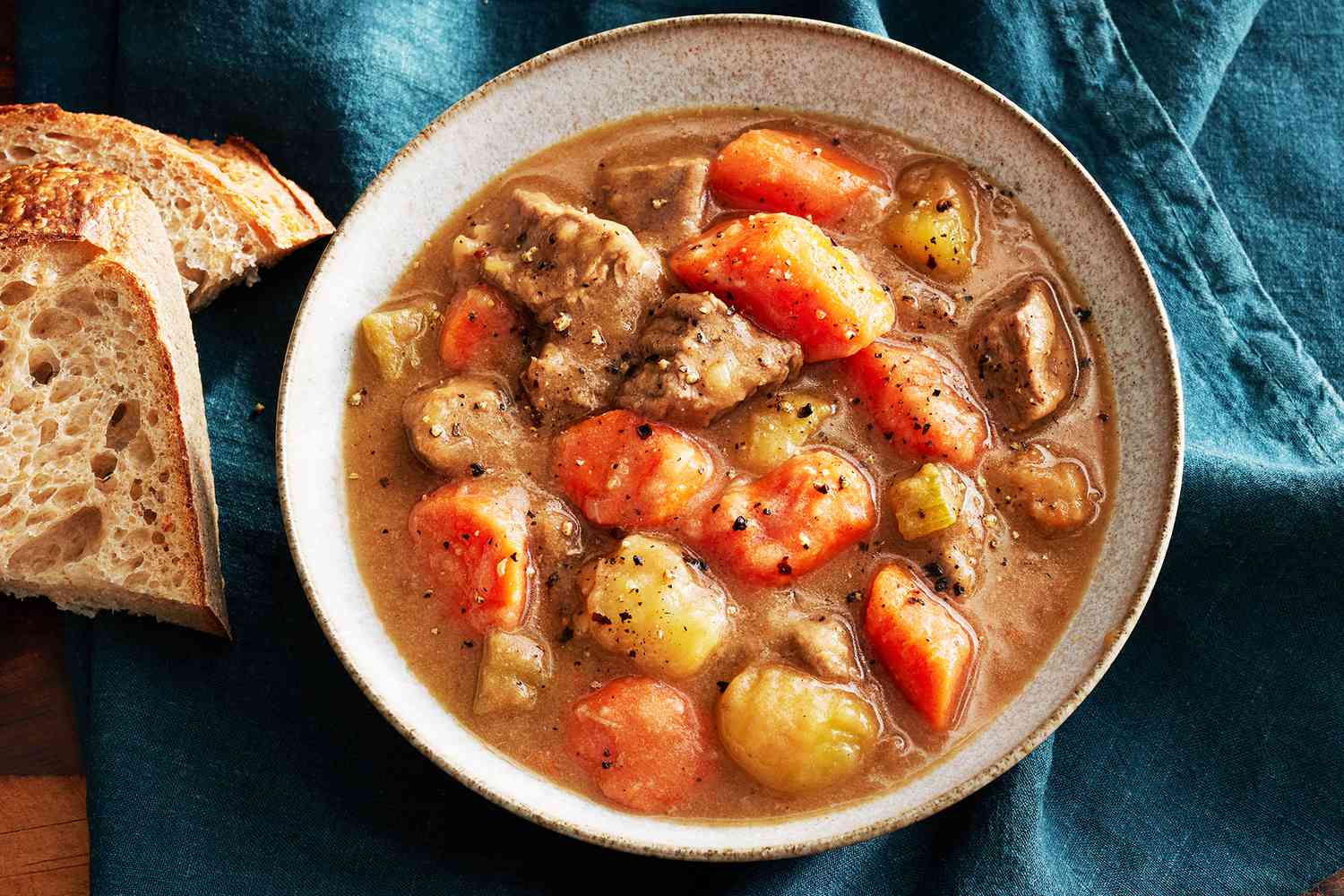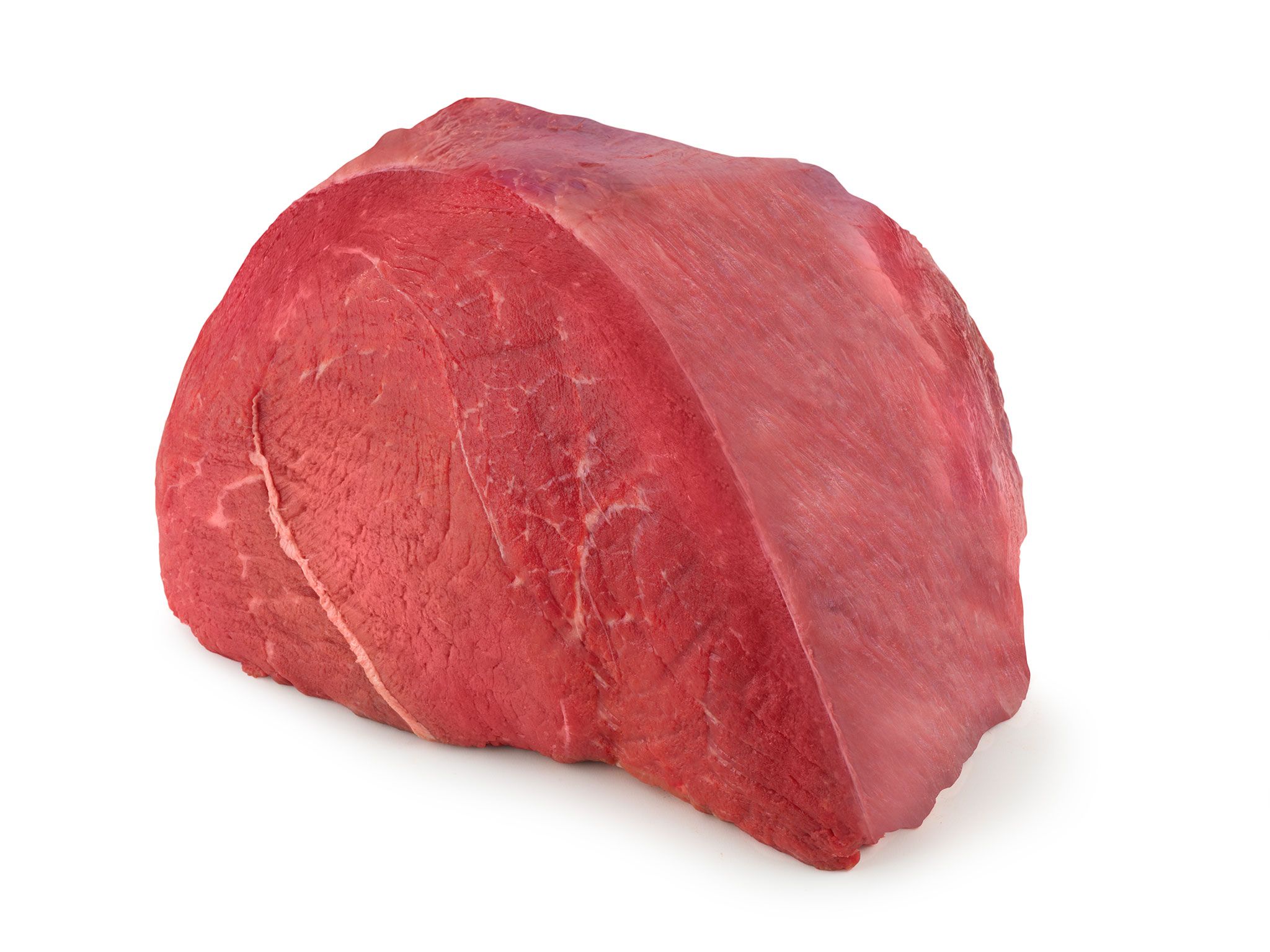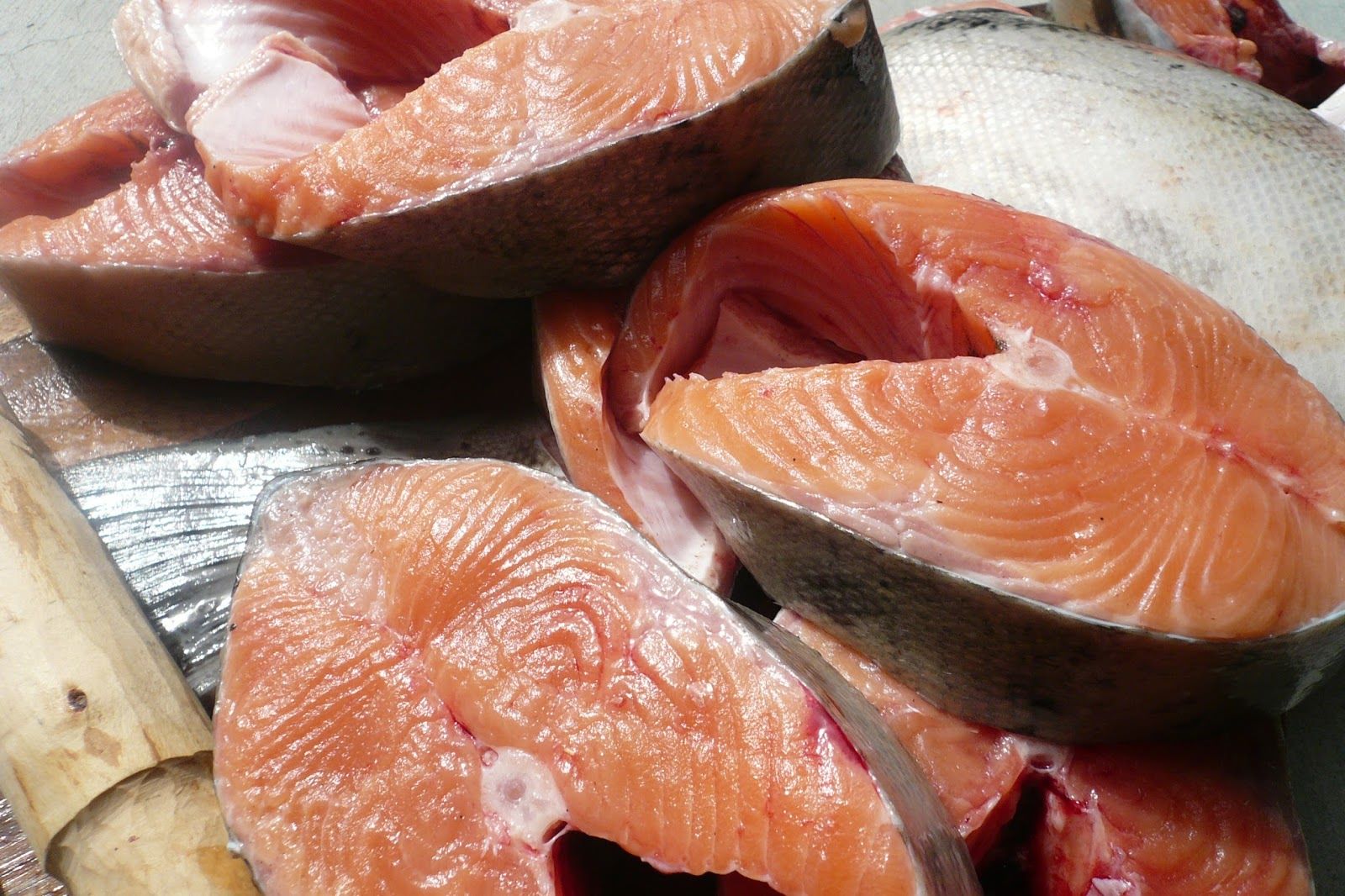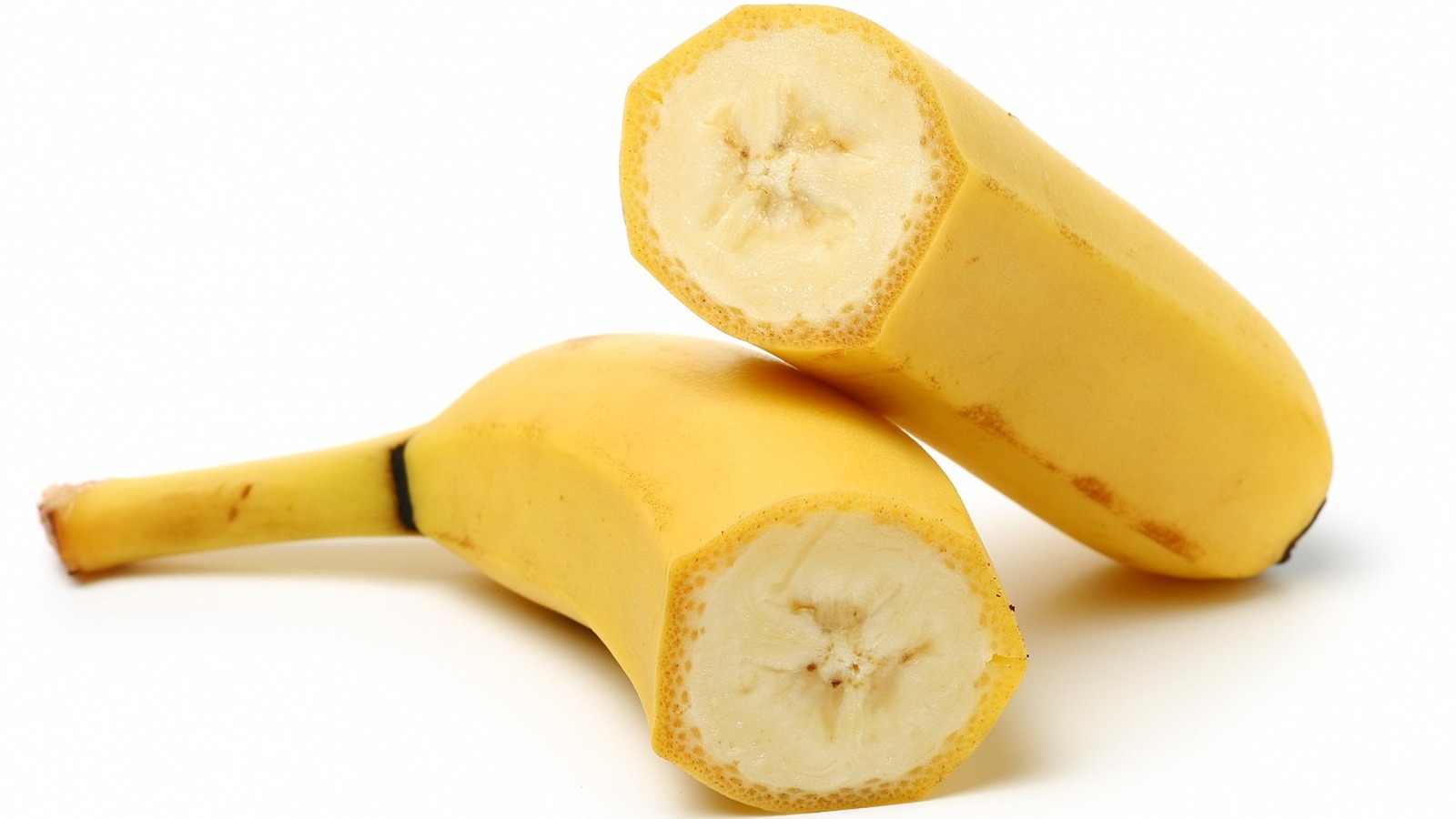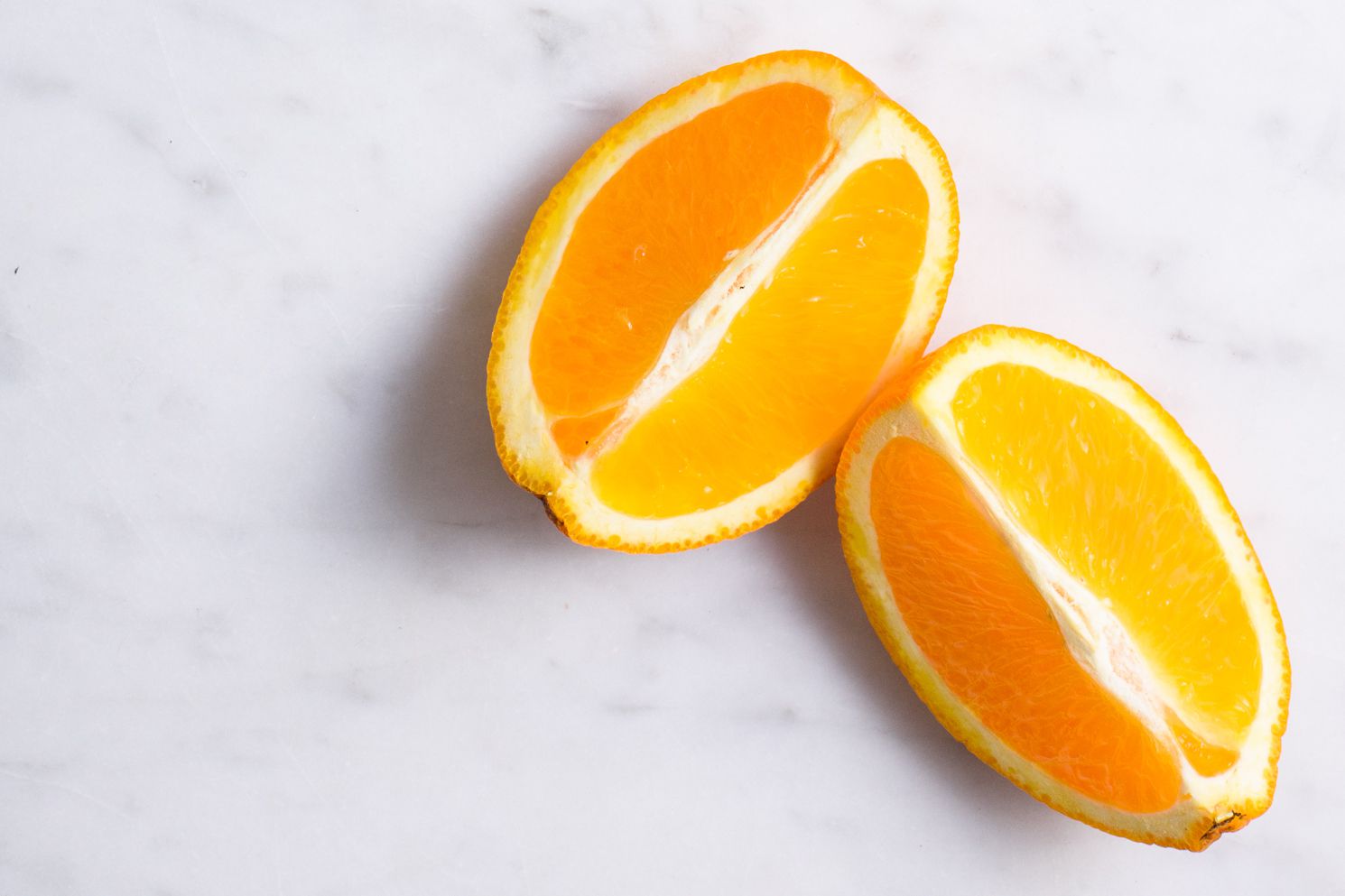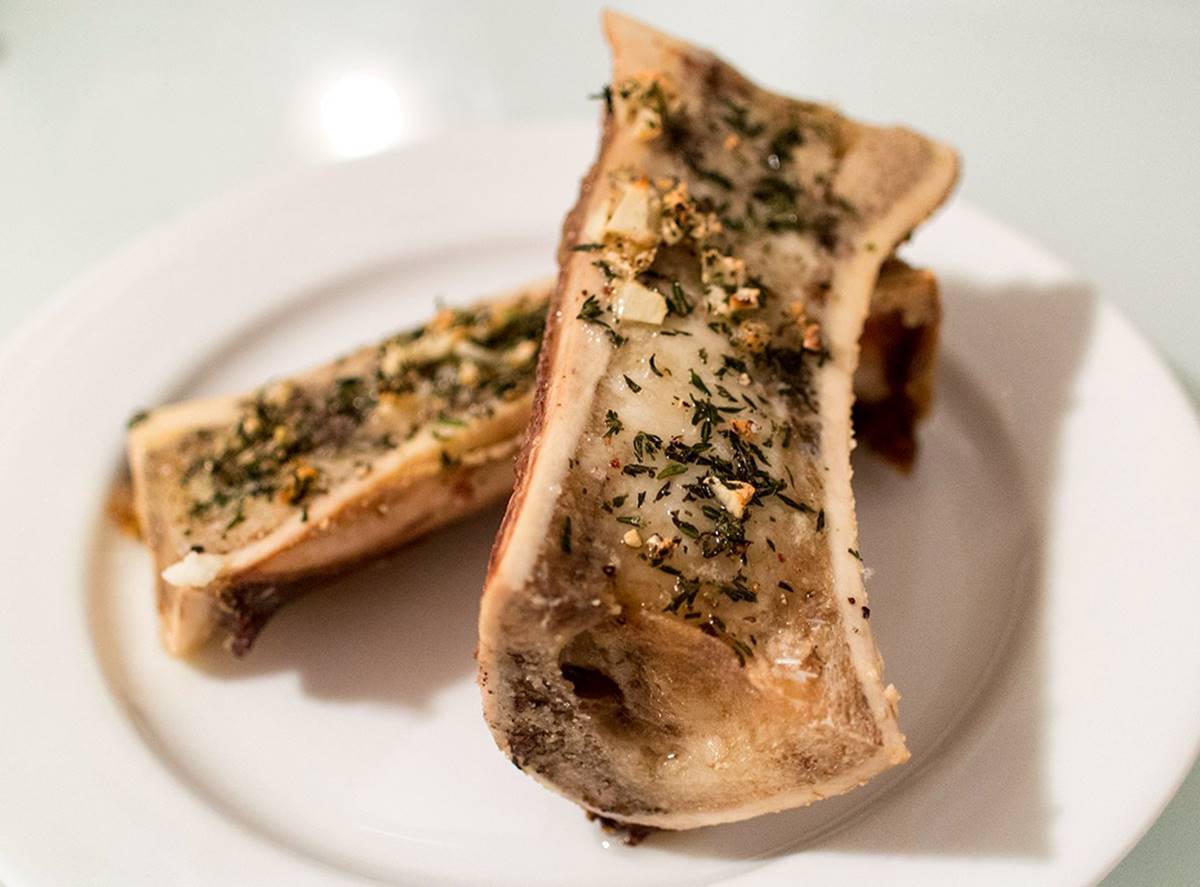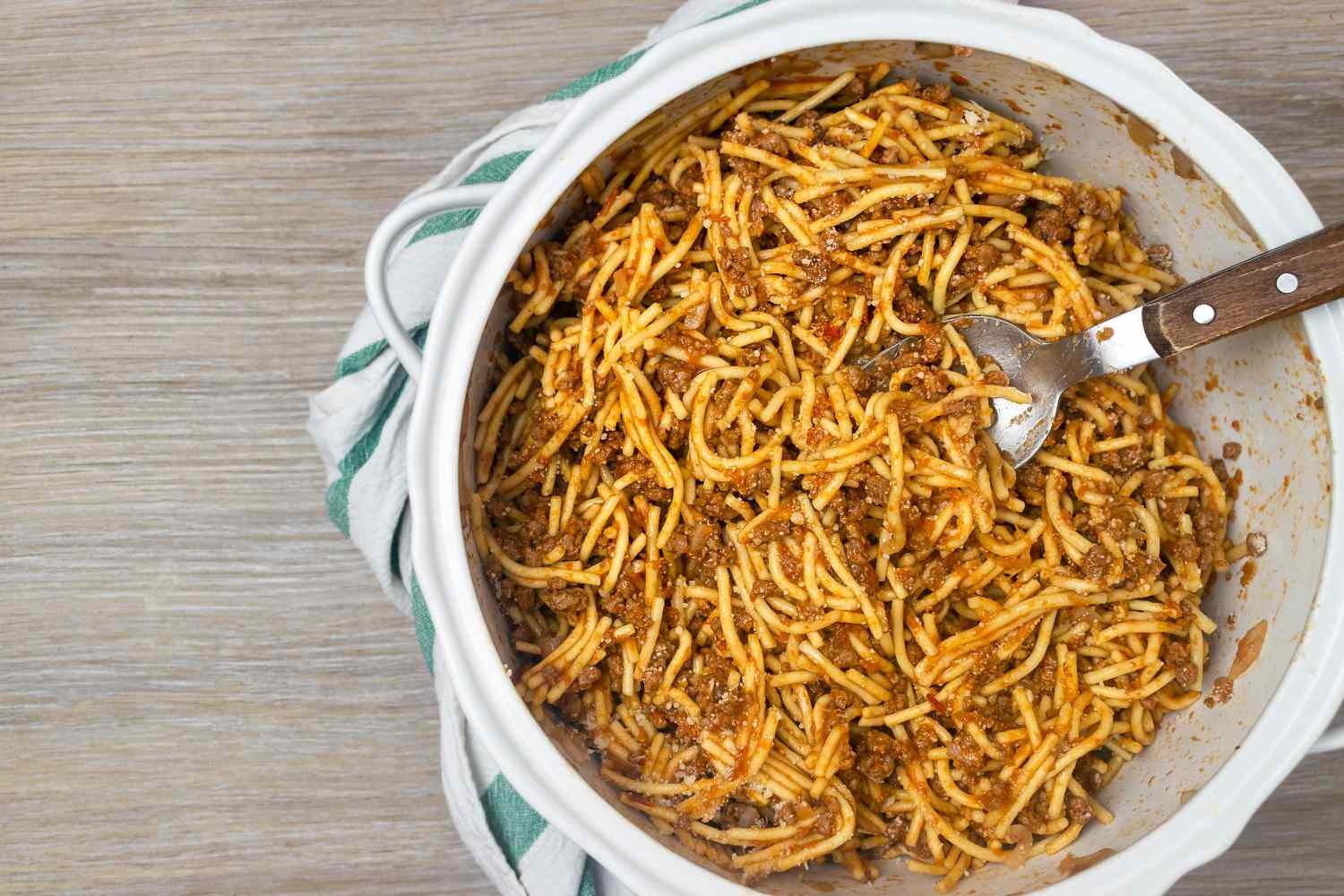How To Cut Pork Butt: A Step-by-Step Guide
For any meat enthusiast, learning how to cut a pork butt can be a valuable skill. Pork butt, also known as Boston butt, is a versatile cut of meat that can be used in a variety of dishes, from succulent pulled pork to hearty stews. By properly understanding the different sections and making precise cuts, you can extract the most flavor and tenderness from this delicious pork cut.
Tools You Will Need
Before we delve into the cutting process, it’s essential to gather the right tools. Having the correct equipment will make your task more efficient and ensure safety throughout the process. Here’s what you’ll need:
- Sharp chef’s knife
- Boning knife
- Cutting board
- Butcher’s twine
Step 1: Prepare the Pork Butt
Start by placing the pork butt on a clean cutting board. Trim off any excess fat, leaving a thin layer to enhance the flavor and juiciness of the meat. Remember to maintain a firm grip on the pork butt, ensuring stability while cutting.
Step 2: Identify the Different Sections
Pork butt consists of layers of meat and fat with different areas. Familiarize yourself with these sections to guide your cutting process:
- Shoulder Blade: This is the upper part of the pork butt and typically contains a bone. It is known for its rich marbling and tenderness.
- Picnic Shoulder: This section is located below the shoulder blade and is slightly fattier. It is often used for making flavorful roasts.
Step 3: Separating the Shoulder Blade
Using your sharp chef’s knife or boning knife, locate the joint between the shoulder blade and the picnic shoulder. Make an incision along the joint while applying pressure to separate the two sections. Take your time and let the knife do the work to ensure a clean break.
Step 4: Trim and Clean
Once you have separated the shoulder blade, set it aside. Now, focus on the picnic shoulder and trim off any excess fat or connective tissue. You can also remove the skin if desired. Ensure that the meat is clean and ready for your preferred cooking method.
Step 5: Portioning and Storing
If you plan to use the pork butt for different recipes, it’s a good idea to portion it into manageable sizes and store them appropriately. Use your chef’s knife to cut the meat into chunks, steaks, or strips, depending on your needs. Wrap each portion tightly in butcher’s paper or plastic wrap and place them in freezer bags. Label and date the bags and store them in the freezer for future use.
Congratulations! You’ve successfully learned how to cut a pork butt. With this newfound knowledge, you can now prepare delectable dishes that showcase the tenderness and flavor of this versatile cut of meat. Enjoy the process and unleash your culinary creativity!
If you're eager to put your pork butt cutting skills to use, a variety of recipes can help you make the most of your efforts. For a classic taste, try Classic Pulled Pork Sandwiches, where the tender meat shines in every bite. If you prefer a smoky flavor, BBQ Pork Butt with Smoky Sauce will not disappoint. For those who enjoy a bit of spice and zest, Pork Butt Tacos with Fresh Salsa offer a vibrant twist. Want something more exotic? Asian-Style Pork Butt Stir-Fry provides a deliciously different take. Finally, for a comforting meal, Pork Stew with Root Vegetables is perfect for a hearty dinner. Each of these recipes showcases the versatility of pork butt, making them excellent choices to try out.
Was this page helpful?
Read Next: How To Cut A Cornish Hen
